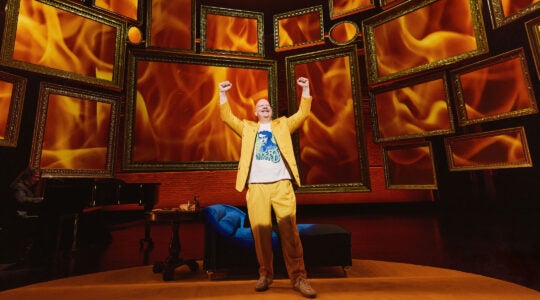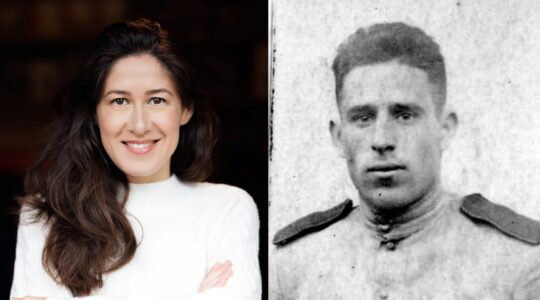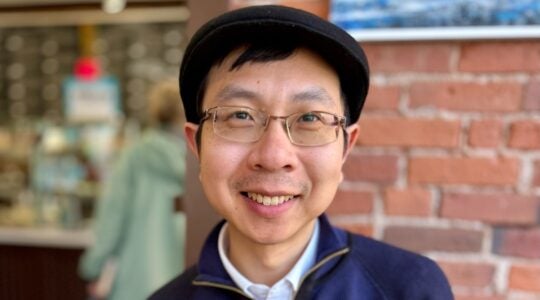Shortly after he moved here in 2001, Rome-born journalist Maurizio Molinari went shopping in a Manhattan supermarket where he found a wide variety of certified-kosher items. “It was not a Jewish store,” he notes.
Before Sukkot he noticed lulav-and-etrog sets being sold by vendors along West 72nd Street. No one seemed surprised, he says. “For the non-Jews, it was normal.”
One day he went to a Barnes & Noble bookstore. A “huge Judaica section” stood out. Most of the shoppers in the store, as he recalls, weren’t Jewish.
“It was a cultural shock,” says Molinari, a “European Jew” who as a U.S. correspondent for the Turin-based La Stampa newspaper, is a world traveler. In cosmopolitan capitals, even in parts of Israel, he says, you don’t see such at-ease, in-your-face Jewish presence.
“I said, ‘This is a big story.’”Molinari’s story turned into a book. “Gli Ebrei di New York” (The Jews of Jew York) was recently published by Editori Laterza, a firm in the Puglia region. Already in its fourth edition, the book was on an Italian bestseller list for two weeks (“Italians are very curious about the Jews, because in Italy you don’t have many of them.”), and may be issued in German.
Molinari, who spent five years, for research, walking the streets of New York on his own time with his wife Micol, describes both mundane and exotic slices of Jewish New York, from Borough Park (he calls Brooklyn’s largest haredi neighborhood “Chassid-ville”) to Yankee and Shea stadiums (homes, respectively, of broadcaster Suzyn Waldman and slugger Shawn Green). He writes about public figures like mayors Michael Bloomberg and Ed Koch, as well as lesser-known New Yorkers like Leibel Motchkin, a USSR-born resident of Crown Heights, and Suri Shamilzadeh, a Forest Hills real estate agent and gourmet cook.
The author’s 211 pages of text are supplemented by a few photographs he took — of chasidim on a street corner, of the Salute to Israel Parade, of a concert in Riverside Park. All Jewish faces in public places. “Every paragraph opens new doors” to the interaction of Jewish culture and American acceptance, Molinari writes. “It is not a [strictly] Jewish story,” he says. “For Europeans, the real story is how the non-Jews live comfortably with Jewish things.”
Molinari, 42, who has studied at Hebrew University and written nine previous books, says Jewish identity on the Continent is rarely expressed as openly as here. “In Europe you always talk about tolerance. Here you have an example of how this can be done.”
The story is uniquely New York, he says. “This is not about the Jews of America.” Only here, Molinari says, is so much Jewish life so much a part of civic life. “It is about the Jews of New York. It is this place.”
The New York Jewish Week brings you the stories behind the headlines, keeping you connected to Jewish life in New York. Help sustain the reporting you trust by donating today.




